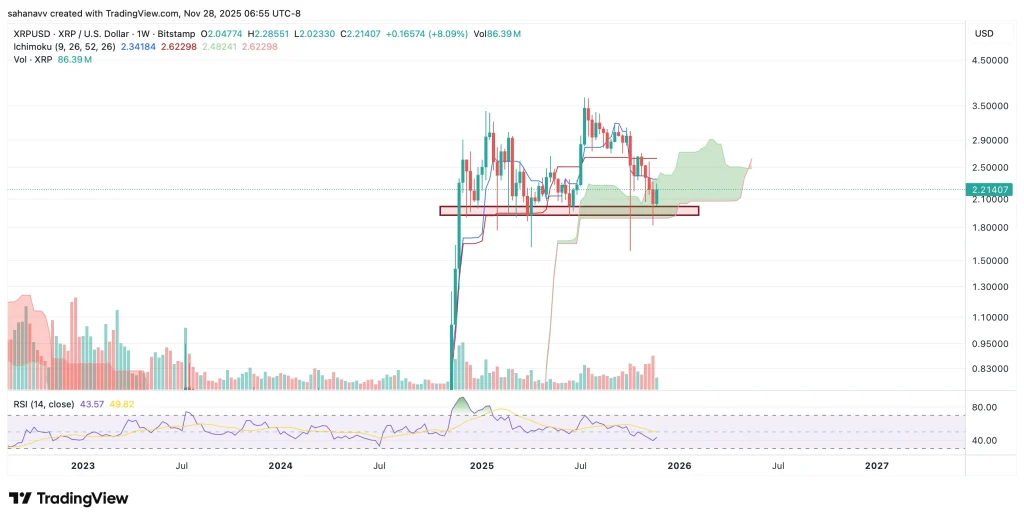- Fed released a report analyzing how countries leveraged gold revaluation gains to raise capital without issuing debt.
- U.S. gold reserves are valued at $11B on books but exceed $750B at current market prices above $3,400 per ounce.
- Legislation proposes using revaluation proceeds to fund a sovereign wealth fund or establish a Strategic Bitcoin Reserve.
The Federal Reserve has released a new research note exploring how other countries have unlocked funding by revaluing their gold reserves. This comes amid rising national debt and an increase in gold prices. The idea is gaining traction in U.S. policy discussions, particularly as lawmakers discuss different methods to raise capital without new taxes.
Gold Surge Reopens Old Debate
According to a recent Forbes report , Gold has surged more than 40%, gaining nearly $1,000 in the last year, rising to above 3400 an ounce. In the meantime, the U.S. Treasury continues reporting the fair value of its 261.5 million ounces of gold at $42.22 per ounce. This amount, which was established in 1973, assumes a book value of the reserve amounting to 11 billion dollars. At the present market price, the stash had exceeded $750B.
On August 1, the Federal Reserve published a report titled “Official Reserve Revaluations: The International Experience.” It outlines how Germany, Italy, Lebanon, South Africa, and Curacao and Saint Martin raised funds from valuation gains. Some used the cash to cut debt. Others financed central bank losses.
Strategic Bitcoin Reserve Under Discussion
Recent U.S. legislation proposed by Senator Cynthia Lummis outlines using revaluation proceeds to fund a sovereign wealth fund or a Strategic Bitcoin Reserve . The Fed’s note does not endorse this proposal but explains how such a transfer could occur. The process would involve adjusting the official gold price, issuing a new gold certificate, and transferring revaluation gains to the Treasury.
Treasury Secretary Scott Bessent stated in March that no gold revaluation is currently under consideration. However, the Fed’s report may broaden policy discussions moving forward, especially as debt and inflation pressures persist. While not official policy, the mechanics of gold revaluation are now formally on record, potentially reshaping future fiscal tools.
A Precious Metal Meets Its Digital Rival in the Global Asset Race
Gold and Bitcoin now share space among the world’s most valuable assets, yet they belong to two distinct categories. According to data from companies’ marketcap, Gold, a physical precious metal , holds the top position with a market cap of nearly $23.172 trillion, backed by 208,874 metric tonnes in global reserves. Its value has endured across centuries as a trusted store of wealth.
Source: Companies MarketCap
On the other hand, BTC is a digital crypto asset with a fixed supply of 21 million coins, of which 19.9 million are in circulation. With a market cap of $2.288 trillion and a price of $114,973, it ranks seventh, just behind the biggest U.S. tech firms. While gold’s value lies in its physical absence and historical trust, Bitcoin represents a new form of scarcity powered by cryptography and decentralization.



